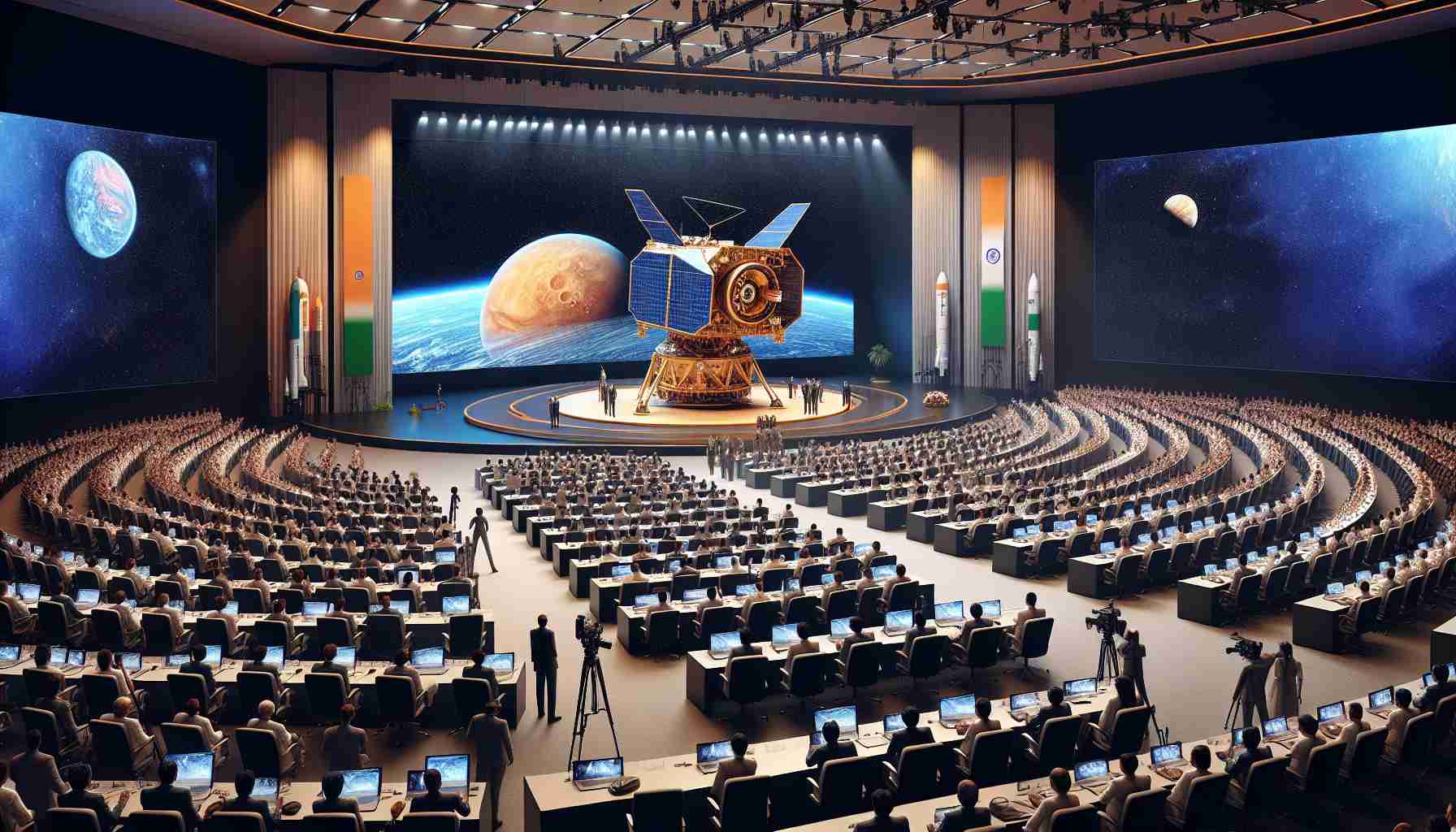The Indian Space Research Organisation (ISRO) is on the brink of an extraordinary venture with the Shukrayaan-1 mission, set to explore Venus, the closest planet to Earth and shrouded in mystery. This upcoming orbiter represents a pivotal step in planetary exploration, given the extreme challenges Venus presents. Often referred to as Earth’s “evil twin,” the planet is characterized by its suffocating atmosphere and blistering temperatures, which can reach dangerously high levels capable of melting lead.
Engineers face formidable obstacles in designing spacecraft that can survive the oppressive conditions of Venus’s surface, where pressures are nearly 92 times greater than those on Earth. Such an environment demands reinforced structures similar to those found in deep-sea explorations. Furthermore, the pervasive clouds of sulfuric acid in Venus’s atmosphere pose a threat to both technology and longevity of any equipment dispatched to its orbit.
The Shukrayaan-1 mission is notably focusing on orbital observations, strategically bypassing the perilous surface for more manageable data collection from above. Through this approach, scientists aim to probe deeper into Venus’s surface dynamics and atmospheric intricacies without the risk of rapid mission degeneration.
This bold endeavor not only seeks to illuminate the enigmatic nature of Venus but also opens pathways to understanding planetary evolution and the greenhouse effect, offering vital insights that may resonate with ongoing climate discourse here on Earth. As preparations unfold, the anticipation from the global scientific community grows, eager for the revelations that await among the swirling clouds of Venus.
FAQ Section for Shukrayaan-1 Mission Overview
What is the Shukrayaan-1 mission?
The Shukrayaan-1 mission is an initiative by the Indian Space Research Organisation (ISRO) to explore Venus, the closest planet to Earth. It aims to conduct orbital observations and gather data about Venus’s atmosphere and surface dynamics.
What challenges does Venus present for exploration?
Venus poses extreme challenges due to its harsh environment, including tremendous atmospheric pressure nearly 92 times greater than Earth’s, blistering temperatures capable of melting lead, and pervasive clouds of sulfuric acid, which threaten the longevity and functionality of spacecraft.
Why is Venus often called “Earth’s evil twin”?
Venus is referred to as “Earth’s evil twin” because, despite its proximity to Earth and similar size, its conditions are extremely hostile and uninhabitable, featuring a dense atmosphere and extreme surface temperatures.
What is the primary focus of the Shukrayaan-1 mission?
The mission focuses on orbital observations rather than attempting a landing on Venus’s surface, which allows scientists to collect data about the planet’s atmospheric dynamics and surface composition without facing the associated dangers of its harsh environment.
What scientific insights might the Shukrayaan-1 mission provide?
The mission may provide valuable insights into planetary evolution, the greenhouse effect, and can contribute to the understanding of climate change, possibly informing ongoing climate debates and research on Earth.
When is the Shukrayaan-1 mission scheduled?
The specifics regarding the launch date of the Shukrayaan-1 mission are not detailed in the article, but preparations are actively underway.
Definitions of Key Terms
– **Orbiter**: A spacecraft that is designed to go into orbit around a celestial body, such as a planet or moon, to collect data.
– **Atmospheric Pressure**: The pressure exerted by the weight of air in the atmosphere; on Venus, it is about 92 times that of Earth’s.
– **Sulfuric Acid**: A corrosive acid that is a significant component of Venus’s thick atmosphere, contributing to its harsh environmental conditions.
– **Greenhouse Effect**: A natural process where certain gases in a planet’s atmosphere trap heat, which can lead to an increase in surface temperatures.
Suggested Related Links
ISRO
NASA
European Space Agency
